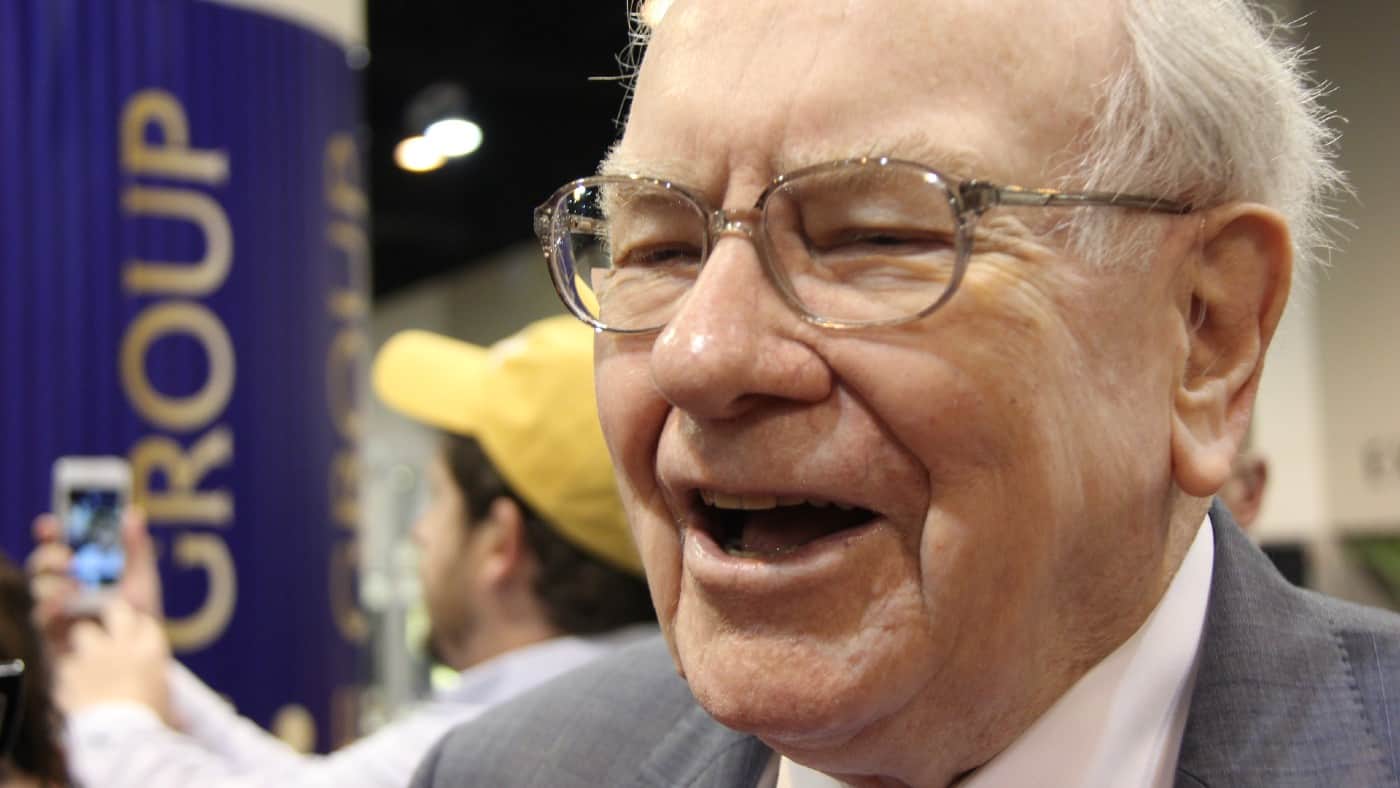Retiring early does not seem to be a priority for legendary investor Warren Buffett, who continues to work full-time in his nineties. Not everybody wants to be doing that, however. By applying some lessons from Buffett’s method of investing, I think it is possible to grow the value of a retirement portfolio faster, giving one the chance to stop working sooner. Here is how I would do it.
Avoiding avoidable mistakes
Buffett is critical of what he calls “unforced mistakes”. Writing about a $2bn bond purchase in which he personally had miscalculated the probabilities of gain and loss, Buffett described the deal as “a major unforced error”. In other words, while some mistakes are very difficult to spot in advance, others are traps hiding in full sight that a smart investor should be able to avoid.
So, while Buffett recognises that forced mistakes happen, he tries to avoid unforced mistakes. I think this makes sense in the context of one of Buffett’s sayings when it comes to investment strategy: “Rule number one: never lose money. Rule number two: never forget rule number one”. Buffett is again emphasising the importance of minimising the impact of avoidable mistakes. Such mistakes can have a huge impact on a retirement portfolio. Imagine that a share I own goes down by 50%. Just to get the value of my investment back to where it started, I then need the share to increase not by 50% but by 100%. Mistakes in choosing shares for the wrong reasons can make it much harder for me to grow the value of my retirement portfolio.
It could be tempting to try and improve the size of my retirement fund more quickly by increasing in very risky shares with high potential returns. But remember Buffett’s first rule is never to lose money. So, buying shares I know are very risky just because they might give me a high return goes completely against the Warren Buffett method.
Warren Buffett on circles of competence
Another thing Buffett emphasises is the importance of investing in a limited number of great opportunities rather than a large number of good ones.
“Big opportunities in life have to be seized,” according to Buffett. He goes on to explain, “we don’t do many things, but when we get the chance to do something that’s right and big, we’ve got to do it. To do it on a small scale is just as big of a mistake, almost, as not doing it at all. You’ve got to grab then when they come, because you’re not going to get 500 great opportunities”.
The approach here is very clear: in an investor’s lifetime, the number of truly great opportunities that he has the competence to assess and that can ‘shift the needle’ on a retirement portfolio are limited. But when one comes along, an investor like Buffett will go into it on a big scale.
Sticking to what one knows
A lot of people would be able to retire sooner if they had not frittered part of their portfolio away by investing in businesses they did not understand. Buffett is emphatic about sticking to his circle of competence and only investing in businesses that he understands. That allows him to assess their future prospects better.
The reason it can be so harmful to one’s retirement savings to invest in companies without understanding them is that there are loads of businesses that will fail or see their share prices fall dramatically in future, including some huge blue chips. This is always true. It can be hard enough to assess businesses even when they fall inside one’s circle of competence. For example, Buffett bought Tesco feeling he understood the retail market, but still made a loss of around half a billion dollars on the stake. If it is possible to make such mistakes in areas one understands well, it can be even costlier investing in something one cannot properly assess. That can lead to more losses, meaning it takes longer for a retirement pot to reach its target size – if it ever gets there at all.
Focus on future value creation not just current price
When Warren Buffett considers what shares to buy and sell, he is looking at how successful he thinks a business can be in future when it comes to generating profits. For example, is its market likely to grow or shrink over time? Does the company have some unique competitive advantage that could stick around, such as the proprietary formula of Coca-Cola or installed user base of Apple? Can the company charge a premium that allows it to maintain high profit margins?
Only once he has identified a company with these desirable business characteristics does Buffett then start looking at its share price. Buffett does not buy a company just because the price looks cheap. Instead, he tries to buy slices of businesses he thinks have great potential, at a price that should allow him to benefit from the shares moving up if the business does well over the long term.
Focussing just on current share prices can lead investors to buy ‘value traps’ – shares that look cheap but in fact will see their prices fall further in future, for example, because some of their earnings will soon dry up. Making such mistakes can lead to losses, meaning one’s retirement portfolio is worth less. Like Buffett, I never buy a share only because of its price. What I am looking for is value – companies with strong business prospects whose shares trade at an attractive price.








